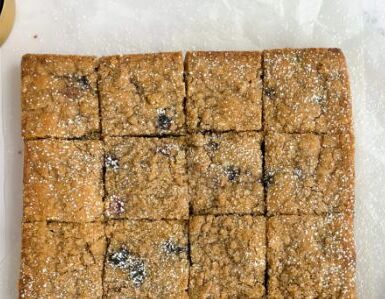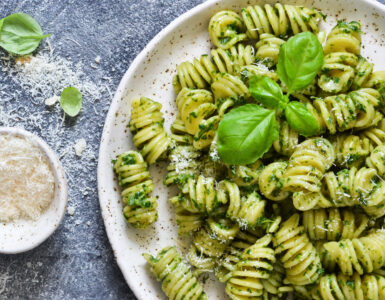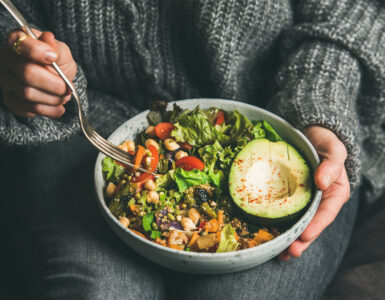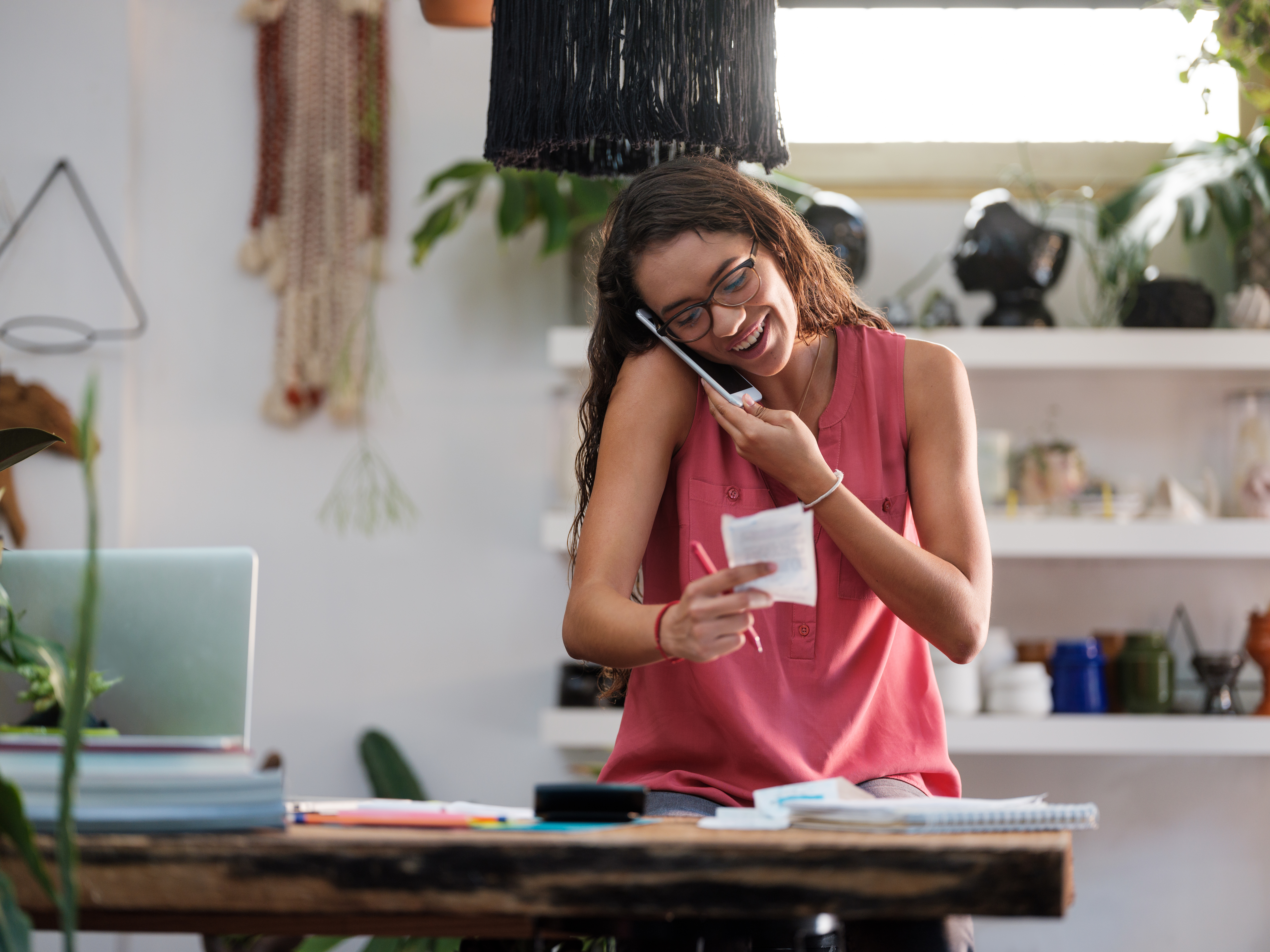A quicker way to make classic holiday caramels!
Quick Caramels
1 can (14 oz) sweetened condensed milk
1 1/2 cups light corn syrup
1 1/2 cups real butter
1 1/2 cups white sugar
1 1/2 cups brown sugar
Adjust cooking temperature for your altitude before starting recipe. Subtract 2 degrees from final cooking temperature for every 1000 feet above sea level. You may also use the old fashioned “cold water test” described in notes below.
Line a 9×13 pan with foil and butter sides and bottom; set aside.
Combine all ingredients in a 3-qt heavy bottom saucepan. Over medium heat and stirring constantly bring to a boil. Wipe down sugar crystals from sides of pan. Insert candy thermometer, continue to stir and cook to firm/hard ball stage (248-250 degrees). Pour into prepared pan and cool.
Using foil as a handle, remove caramels from pan; invert on cutting board and remove foil. Cut into squares and wrap squares in wax paper or cellophane wrappers. Store in cool place; makes about 96 1-inch squares.
Traditional Caramels
1 cup light corn syrup
1 cup evaporated milk
2 cups heavy whipping cream
1 cup real butter
2 cups white sugar
1 cup packed brown sugar
1 ¼ teaspoons vanilla
Adjust final cooking temperature for altitude before starting recipe. Subtract 2 degrees from final cooking temperature for every 1000 feet in elevation. You may also use the old fashioned “cold water test” described in notes below.
Line 9×13 pan with foil and butter sides and bottom; set aside.
Combine all ingredients, except the vanilla, in 3-qt heavy bottom pan. Over medium heat and stirring constantly bring to a boil. Wipe down sugar crystals from sides of pan. Insert candy thermometer, continue to stir and cook to firm/hard ball stage (248-250 degrees). Stir in vanilla, pour into prepared pan and cool.
Using foil as a handle, remove caramels from pan; invert on cutting board and remove foil. Cut into squares and wrap squares in wax paper or cellophane wrappers. Store in cool place; makes about 96 1-inch squares.
Notes:
Caramels are the elegant members of the classic candies – smooth, creamy, rich and sweet! But, they are also versatile. Use the same basic recipes and create one of the tasty variations below.
The sweetened condensed milk in the Quick Caramel recipe is already concentrated and so cuts the cooking time almost in half (35-45 minutes as opposed to 55-65 minutes). The Traditional Caramel recipe was given to me by dairy farmer, DeAnn Anderson. Both recipes work great and have wonderful flavor!
Salty Caramels: Follow recipe above, after pouring candy into prepared pan sprinkle with flaked or coarse salt.
Pecan Caramels: Sprinkle prepared pan with approximately 1-cup chopped pecans. Follow recipe above, pour hot caramel over chopped nuts. Or – for Caramel Turtles, arrange pecan halves on a foil lined sheet (4 legs and a head); pour cooling caramel in the center of prepared pecans and cool. Top each caramel with melted chocolate.
Caramel Suckers: Prepare desired lollipop molds, spray lightly with non-stick spray. Cook caramels to crack stage; pour into prepared molds, insert sucker stick and cool completely before unmolding. Makes about 48 suckers
Old Fashioned Cold Water Testing: Determine candy stages by dropping a small amount of hot candy syrup into cold water and working it with your fingers.
Softball Stage: 234-240 degrees Candy may be formed into a soft ball with the fingers.
Firmball Stage: 242-248 degrees Candy may be formed into a firm ball with the fingers.
Hardball Stage: 250-268 degrees Candy may be formed into a hard ball, but is still pliable.
Soft Crack Stage: 270-290 degrees A soft crack sound may be heard when candy hits the cold water. The thread is hard, but still pliable
Hard Crack Stage: 293-305 degrees A distinct crack sound will be heard when candy hits the cold water. The thread will be brittle and snap easily.
For delicious dairy recipes and nutrition information go to www.DairyCouncilUTNV.com, www.NationalDairyCouncil.org or on
Facebook www.facebook.com/DairyUTNV















Add comment